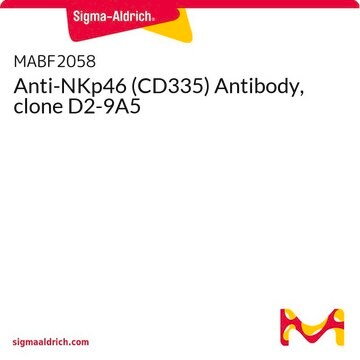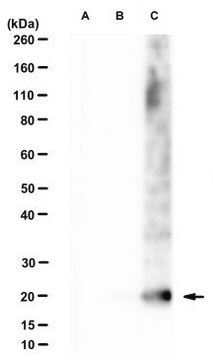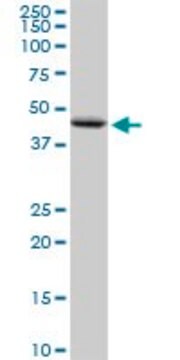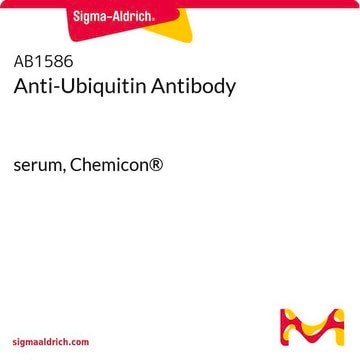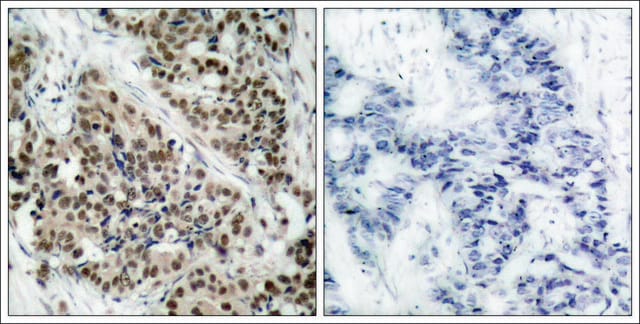MABS2173
Anti-PNPLA3/Adiponutrin Antibody, clone 19A6
Synonyme(s) :
1-acylglycerol-3-phosphate O-acyltransferase Pnpla3;EC:2.3.1.51;Acylglycerol transacylase;Adiponutrin;ADPN;Calcium-independent phospholipase A2-epsilon;iPLA2-epsilon;Lysophosphatidic acid acyltransferase;Patatin-like phospholipase domain-containing protei
About This Item
Produits recommandés
Source biologique
rabbit
Niveau de qualité
Conjugué
unconjugated
Forme d'anticorps
purified antibody
Type de produit anticorps
primary antibodies
Clone
19A6, monoclonal
Poids mol.
calculated mol wt 45.77 kDa
observed mol wt ~43 kDa
Produit purifié par
using protein G
Espèces réactives
mouse
Conditionnement
antibody small pack of 100 μg
Technique(s)
immunoprecipitation (IP): suitable
western blot: suitable
Isotype
IgG
Séquence de l'épitope
Internal
Numéro d'accès Protein ID
Numéro d'accès UniProt
Conditions d'expédition
ambient
Modification post-traductionnelle de la cible
unmodified
Informations sur le gène
human ... PFN2(5217)
Description générale
Spécificité
Immunogène
Application
Evaluated by Western Blotting in Mouse brain tissue extracts.
Western Blotting Analysis: A 1:125 dilution of this antibody detected PNPLA3 in Mouse brain tissue extracts.
Tested Applications
Western Blotting Analysis: A representative lot detected PNPLA3 in Western Blotting applications (BasuRay, S., et al. (2017). Hepatology. 66(4): 1111-1124).
Immunoprecipitation Analysis: A representative lot immunoprecipitated PNPLA3 in Immunoprecipitation applications (BasuRay, S., et al. (2017). Hepatology. 66(4): 1111-1124).
Note: Actual optimal working dilutions must be determined by end user as specimens, and experimental conditions may vary with the end user
Forme physique
Stockage et stabilité
Autres remarques
Clause de non-responsabilité
Vous ne trouvez pas le bon produit ?
Essayez notre Outil de sélection de produits.
Code de la classe de stockage
12 - Non Combustible Liquids
Classe de danger pour l'eau (WGK)
WGK 1
Certificats d'analyse (COA)
Recherchez un Certificats d'analyse (COA) en saisissant le numéro de lot du produit. Les numéros de lot figurent sur l'étiquette du produit après les mots "Lot" ou "Batch".
Déjà en possession de ce produit ?
Retrouvez la documentation relative aux produits que vous avez récemment achetés dans la Bibliothèque de documents.
Notre équipe de scientifiques dispose d'une expérience dans tous les secteurs de la recherche, notamment en sciences de la vie, science des matériaux, synthèse chimique, chromatographie, analyse et dans de nombreux autres domaines..
Contacter notre Service technique